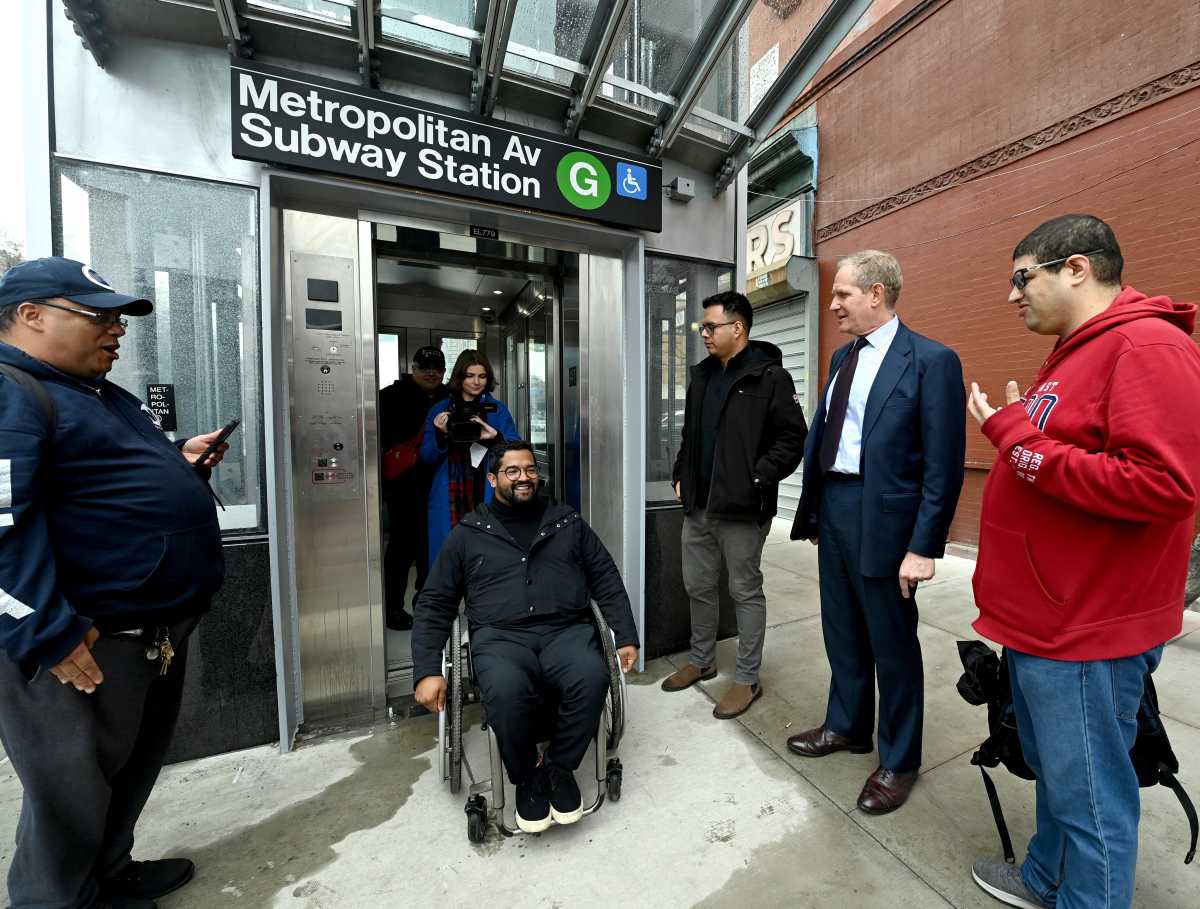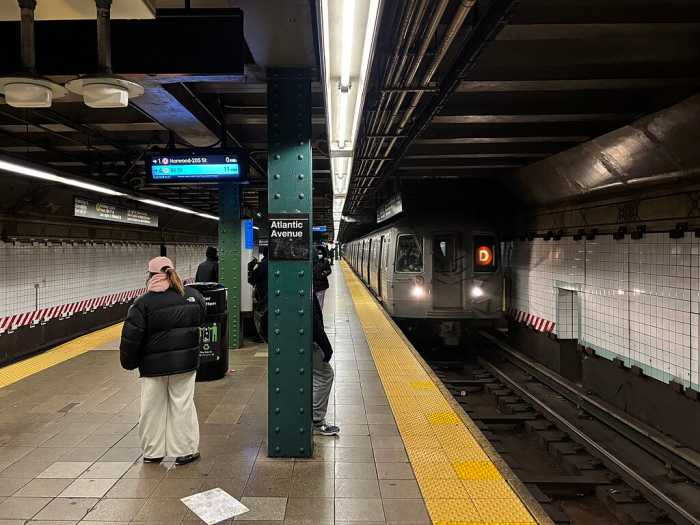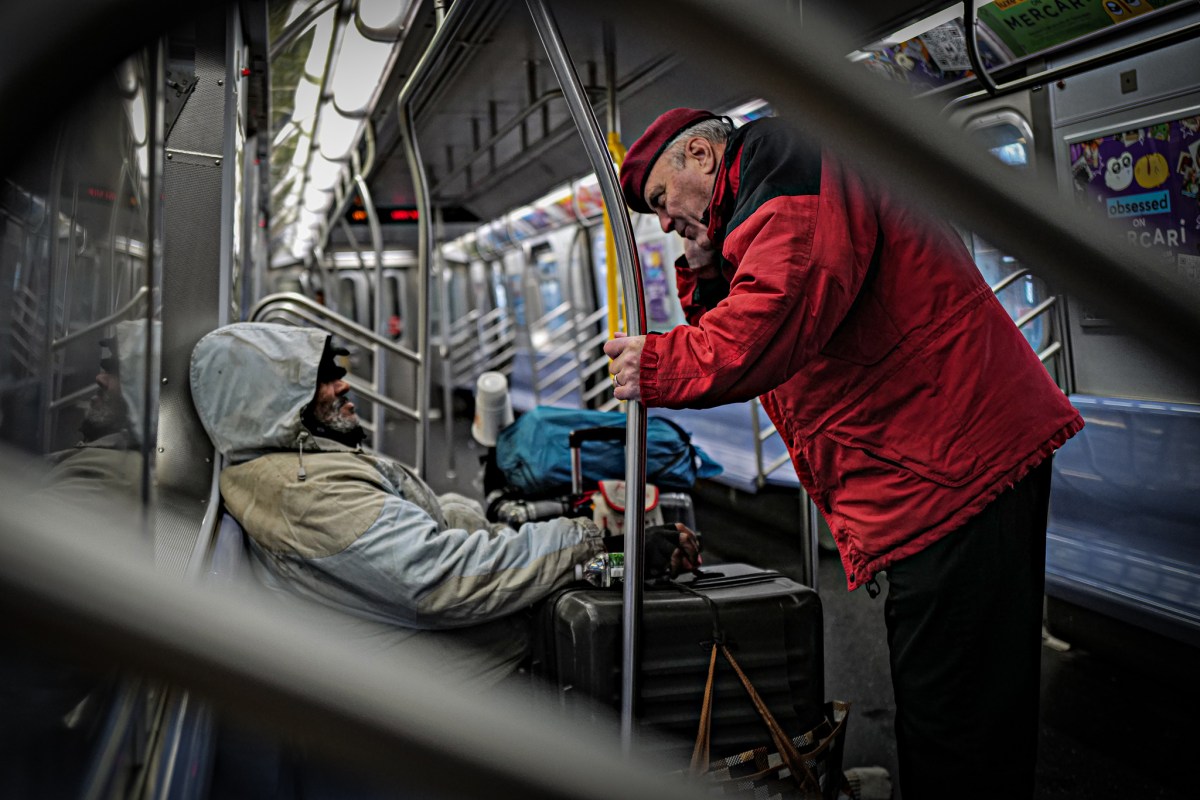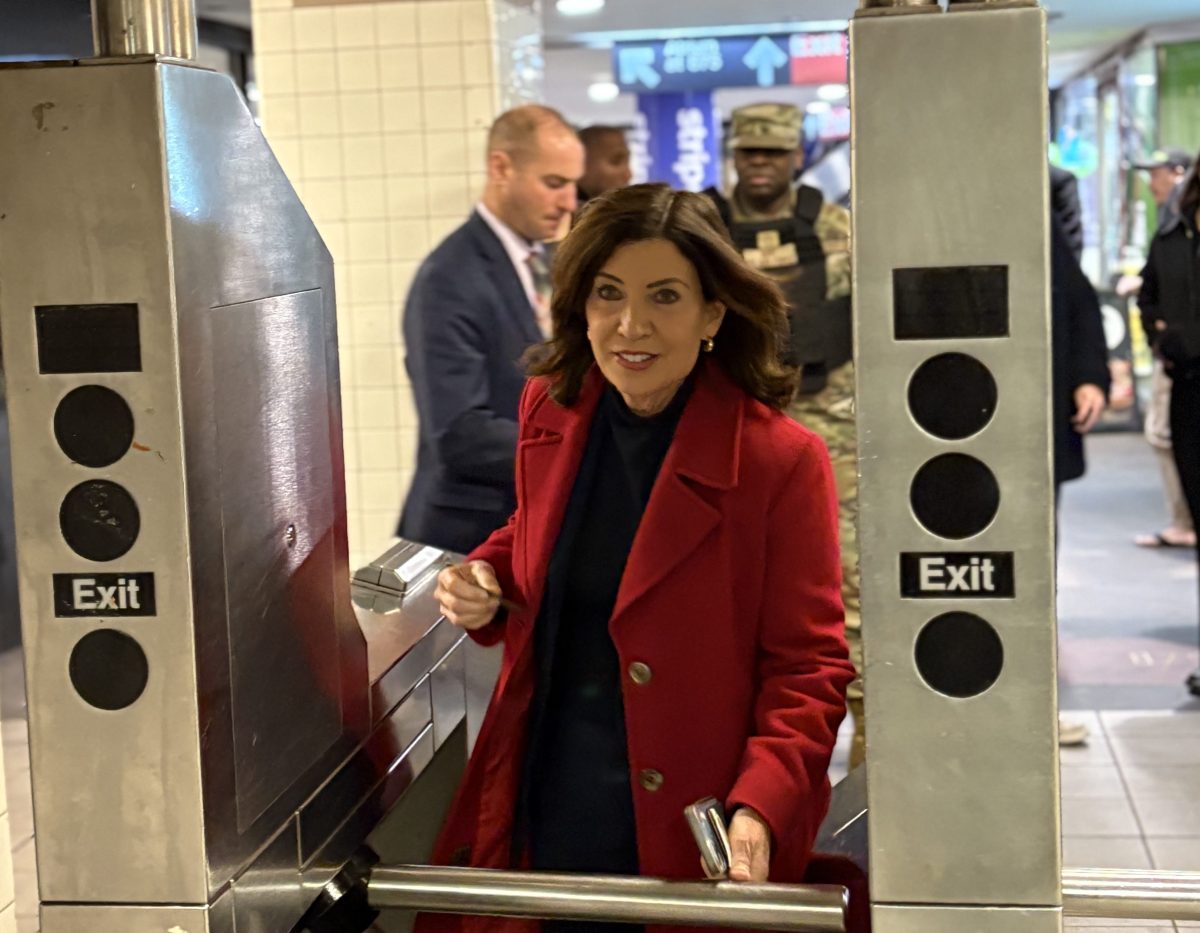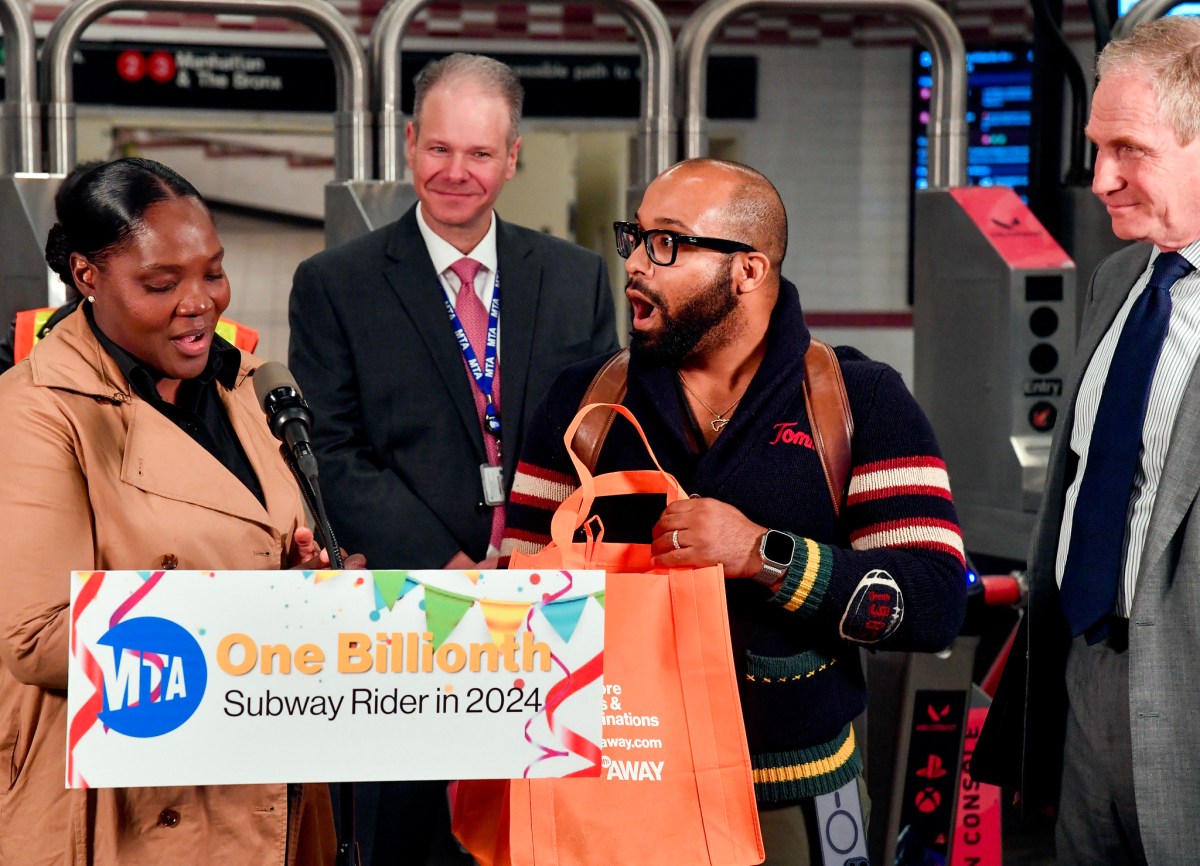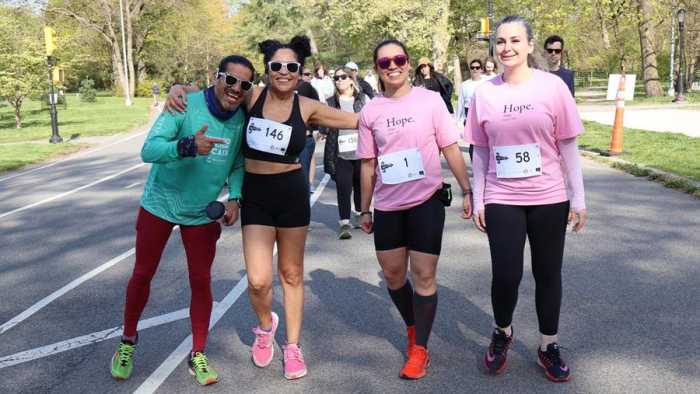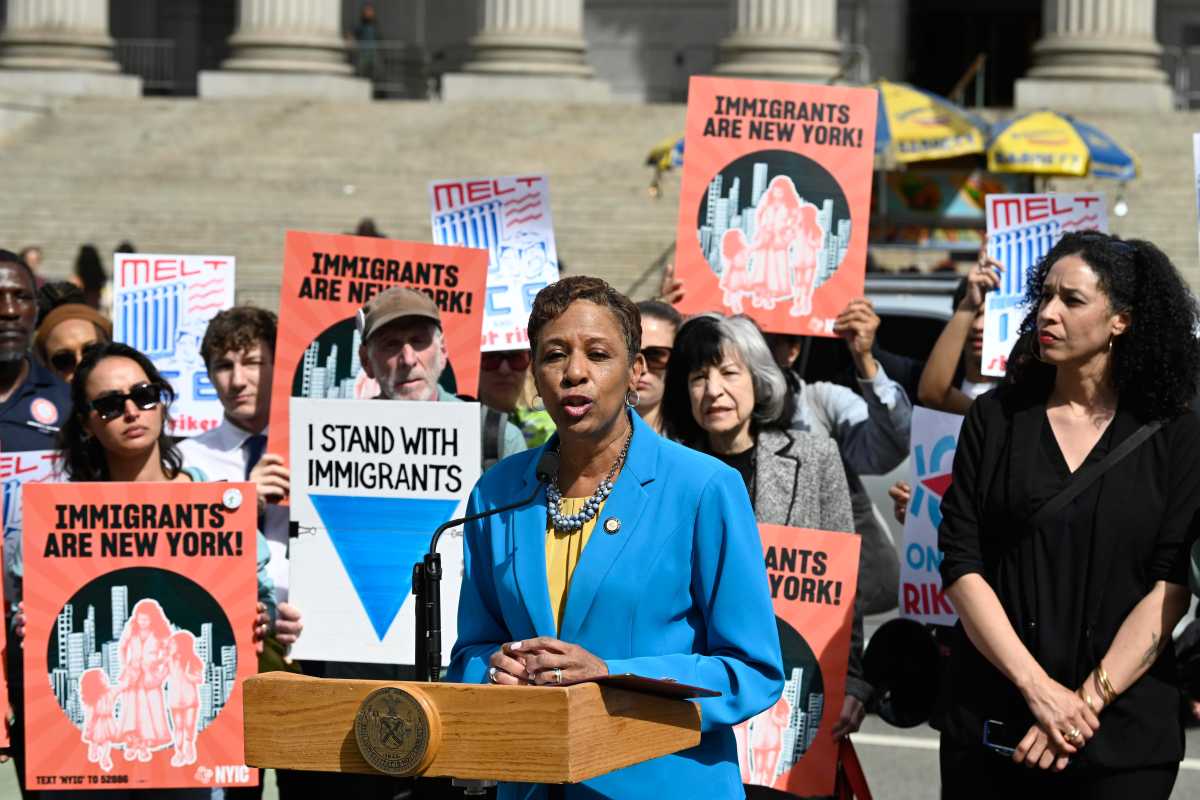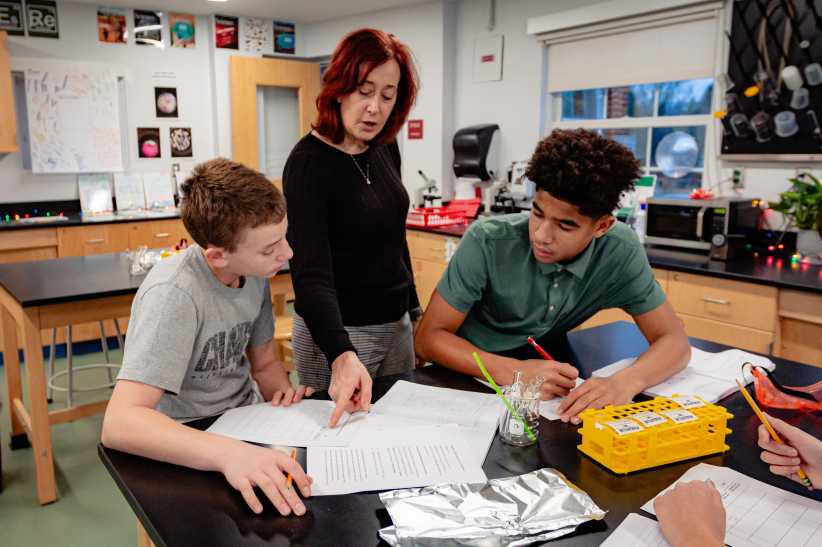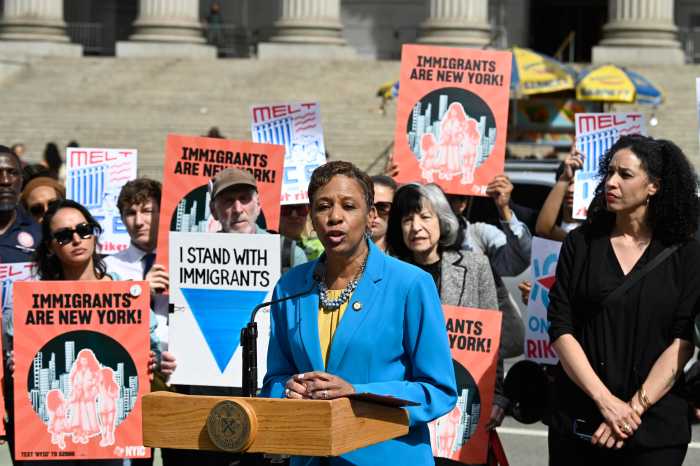After more than a year of construction, six new elevators opened at the Metropolitan Avenue/Lorimer Street stations in Williamsburg last week.
The busy complex, which serves the G and L lines, is now fully accessible under the federal American with Disabilities Act, according to the Metropolitan Transportation Authority. Three new elevators were installed at each station — one from the street to the mezzanine, and two from the mezzanine to the platform.
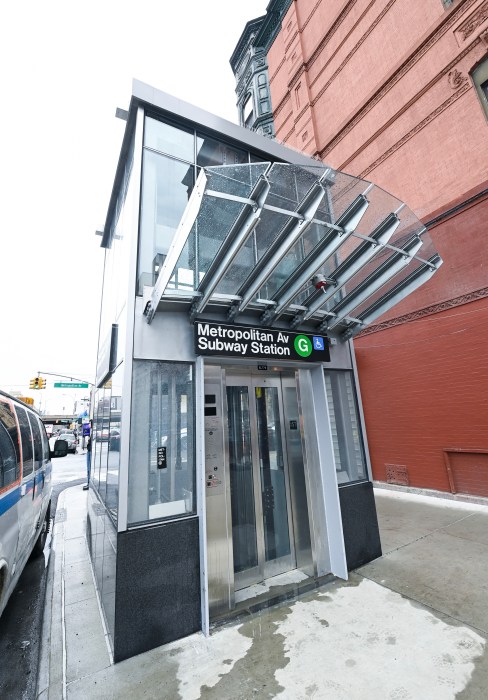
Before the renovation, riders could only access the platform via the stairs — and many straphangers with mobility aids were forced to schlep to the closest accessible station.
“Transforming our transit system into one that’s accessible for all remains a top priority for all of us in MTA leadership,” said MTA Chief Accessibility Officer Quemuel Arroyo, in a statement. “Opening these two accessible stations is a huge step forward for subway access for Brooklynites and all New Yorkers, and marking this milestone of more than 150 accessible stations bring us one step closer to achieving an accessible system.”
The elevators themselves are outfitted with new accessible emergency communication systems, which allow riders to talk with emergency responders by speaking out loud or by answering questions on a screen.
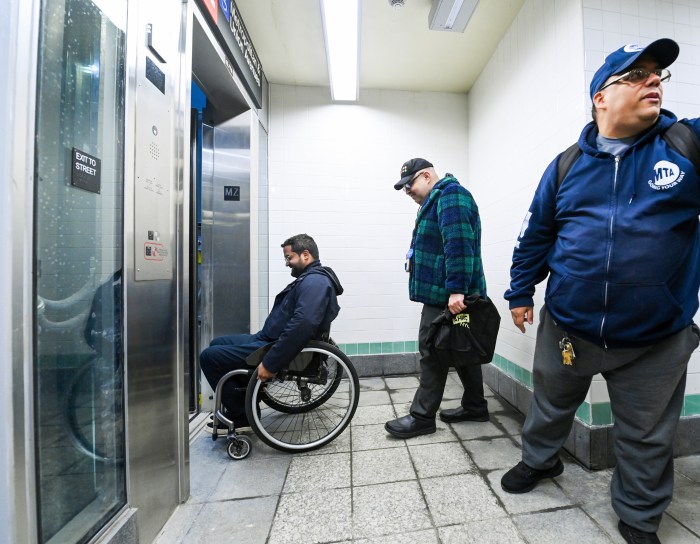
New ADA-accessible boarding areas and tactile strips were added to the platforms, and the station entrances were outfitted with ADA-compliant fare gates. The MTA also added eight new staircases, and refurbished a set of street-level stairs at Lorimer Street to meet ADA standards.
“Making Metropolitan Av-Lorimer St accessible is a major win for Brooklyn customers, bringing not just the benefits of new elevators but also new stairwells to improve customer flow in a critical transfer station,” said New York City Transit President Richard Davey, in a statement.
The station also got some aesthetic upgrades – cracked tiles were repaired, new signs installed, and local artists Jackie Chang and Chloë Bass created new tile mosaics for the Metropolitan Avenue mezzanine and the Lorimer Street entryway, respectively.
Metropolitan Avenue-Lorimer Street were the last of eight stations to receive upgrades funded by a grant from the Federal Transit Administration. In a statement, Jamie Torres-Springer, president of MTA Construction & Development, said the project marked “the completion of Construction & Development’s first Design-Build ADA package.”
“This exciting milestone represents the MTA’s successful implementation of innovative contracting methods to deliver projects better, faster, and cheaper,” Torres-Springer said.
With Design-Build, one contract is awarded for both the design and construction of a given project — rather than the MTA itself designing projects, or seeking out two contractors for separate phases.
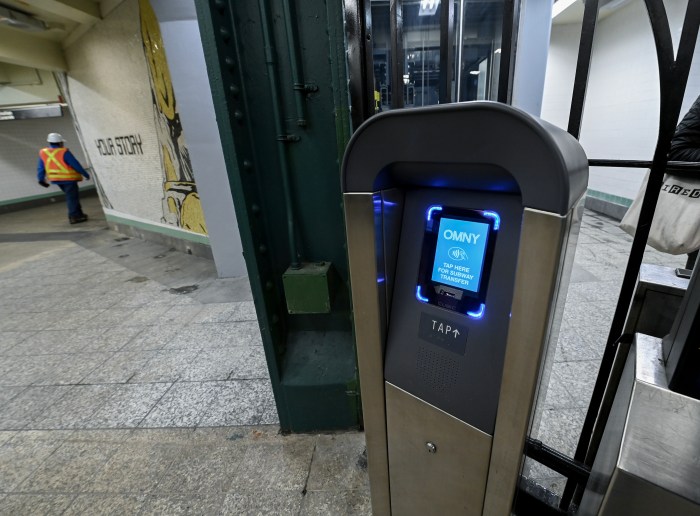
Officials have said the program will reduce costs and speed construction — but the Metropolitan Avenue-Lorimer Street project was finished slightly behind schedule, and the construction itself was marred with conflict.
Last year, elected officials said round-the-clock construction work at the stations had caused damage to residential buildings and businesses and impacted quality of life.
With construction done, 151 subway stations across the five boroughs are now ADA accessible — up from 131 in 2021. Last fall, three much-needed elevators opened at the 7th Avenue station in Park Slope, and thirty-five stations in Brooklyn are now at least partially accessible.


